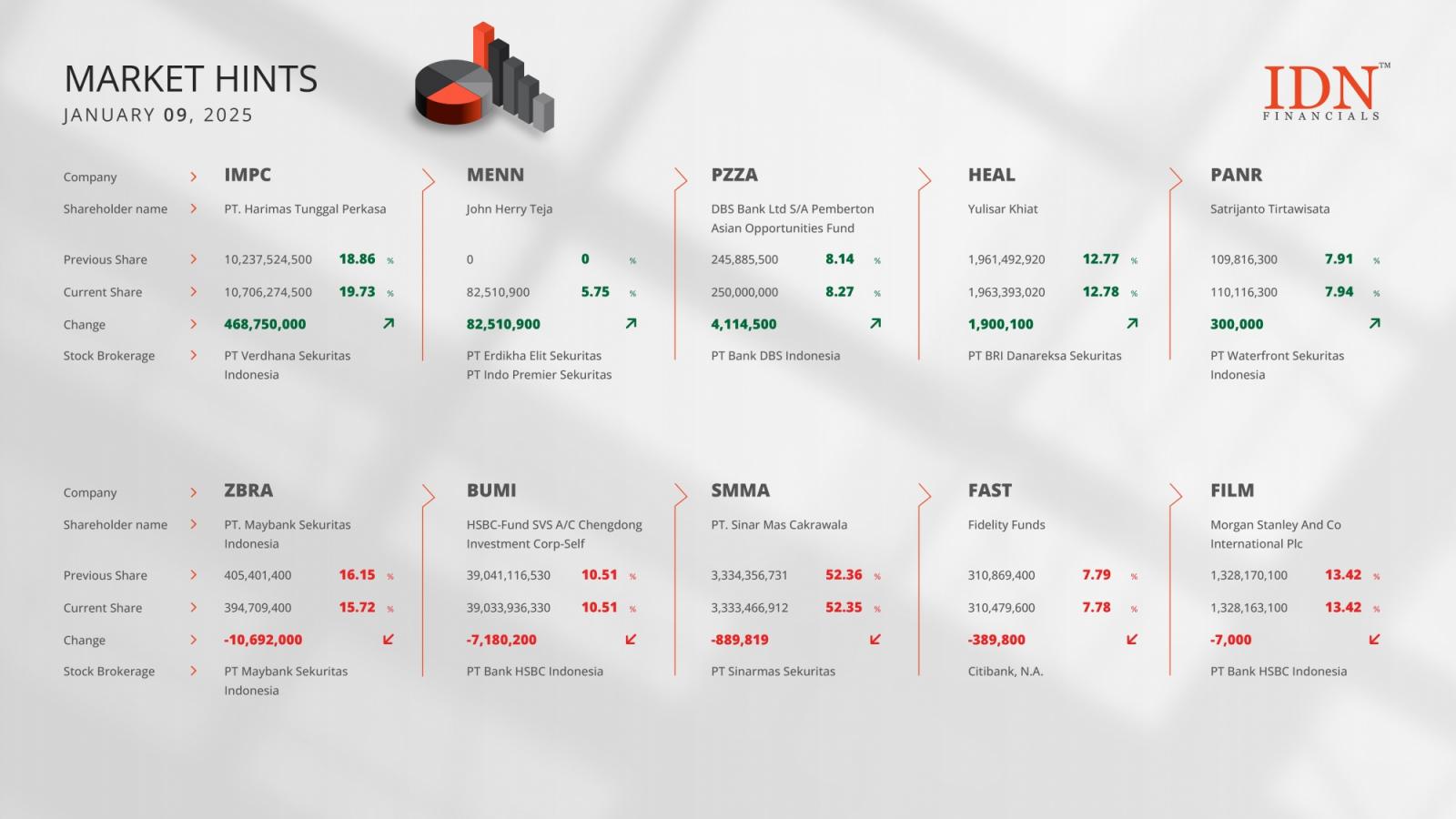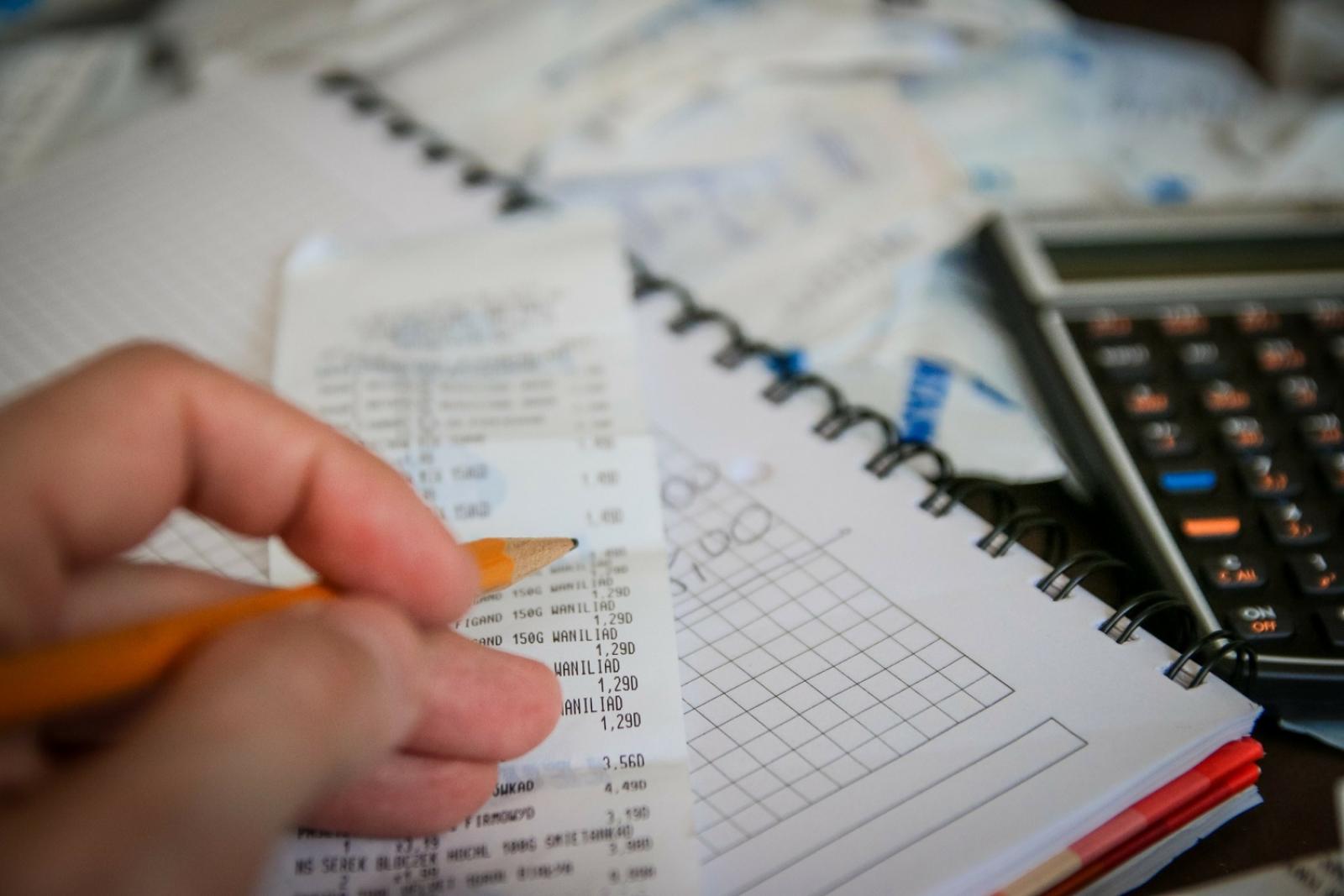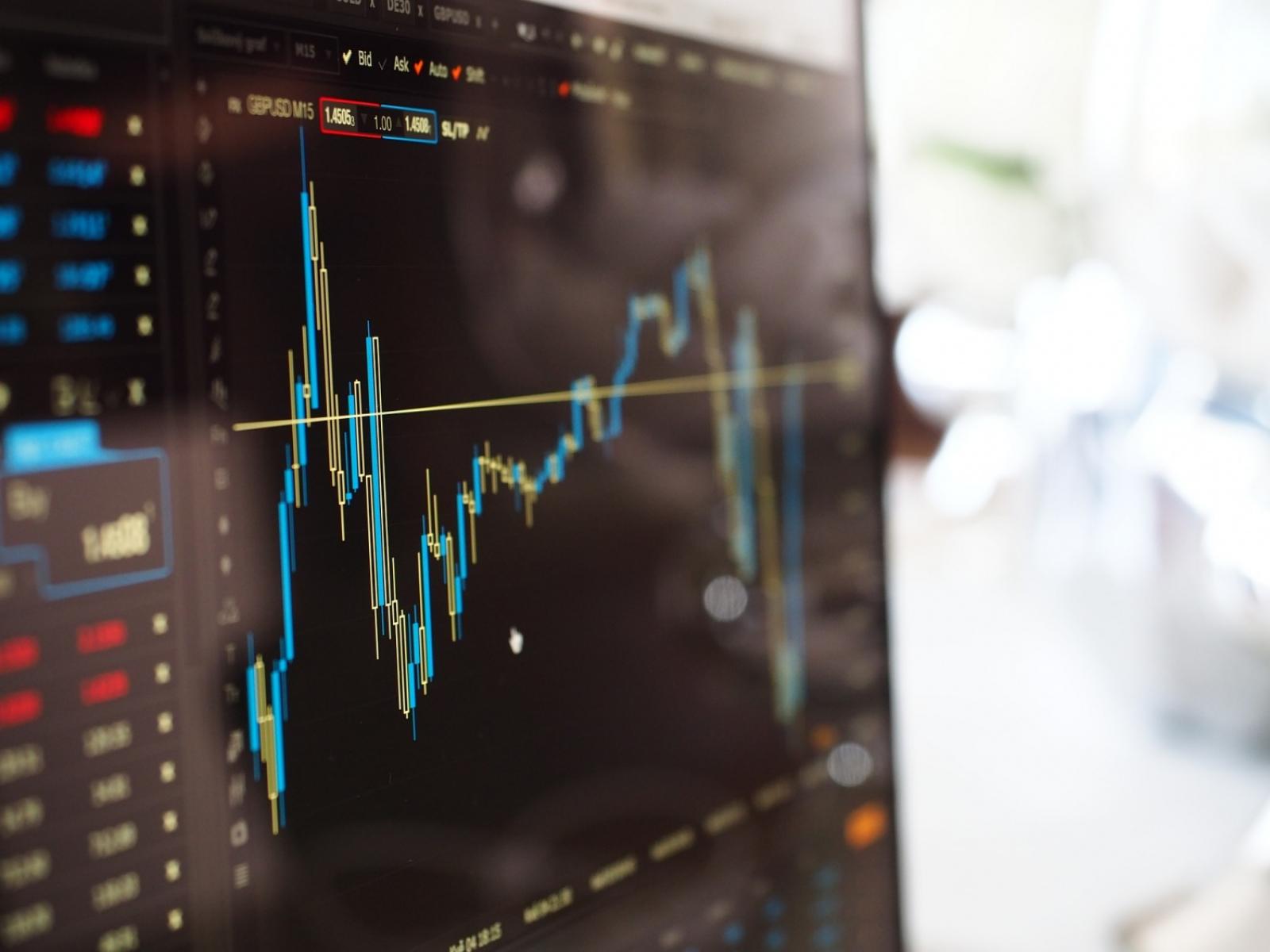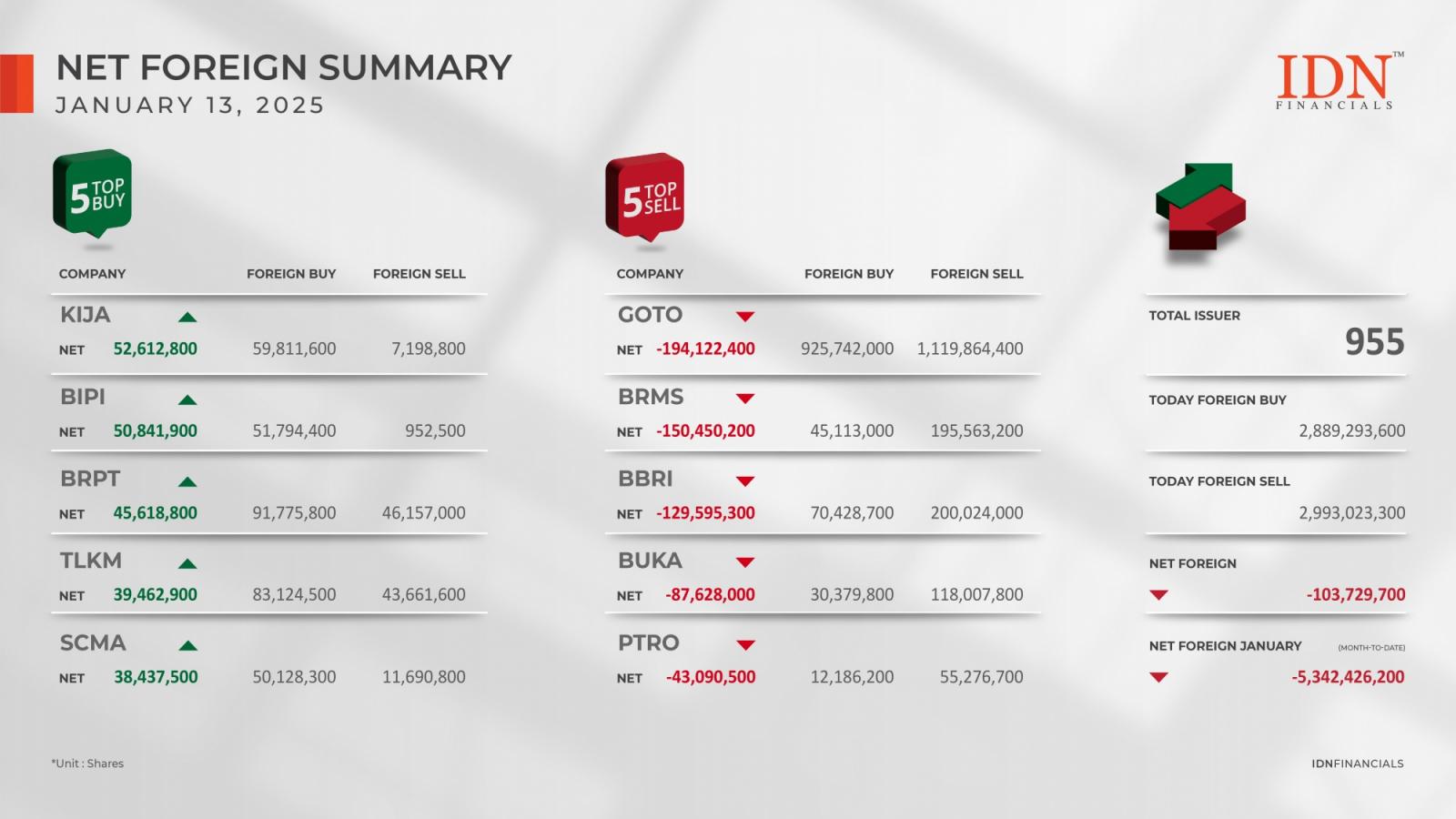Bitcoin’s inflation rate has reached a new milestone, recording an all-time low of approximately 1.74%, just days after the latest Bitcoin halving.
With 93.3% of Bitcoin already mined, translating to 19.6 million out of the possible 21 million BTC, the scarcity factor is anticipated to drive demand further, potentially fueling a surge in the price of the leading cryptocurrency.
Comparatively, fiat currencies experience higher inflation rates due to government controls and economic policies.
In 2023, countries like Argentina faced extremely high inflation rates, reaching 161.0%, as per data from Inflation Data.
The European Union reported more moderate levels, with the euro area’s annual inflation rate at 2.9% in December 2023.
Nevertheless, the recent halving event is expected to further reduce Bitcoin’s inflation rate, influencing both its scarcity and investor behavior.
The trend suggests that each halving event, which cuts the reward for mining new blocks in half, tends to increase buyer interest due to the reduced supply growth.
Bitcoin Price Increased an Average of 3,230% After Each Halving
Historical data reveals a trend of explosive growth in Bitcoin prices following each halving event, according to a report from CoinGecko.
After the first halving in 2012, the price of Bitcoin surged by 8,858%.
Although subsequent halvings saw diminishing returns—with increases of 294% and 540% respectively—the pattern of price spikes post-halving remains evident.
These events not only affect Bitcoin but also ripple across other top cryptocurrencies, like Ethereum, although the impacts vary due to different supply mechanisms.
The completion of the fourth halving has left the cryptocurrency community speculating about the short-term market dynamics.
Just recently, Bitwise said that while the month immediately following the halving typically sees a modest drop in price, the subsequent year often witnesses exponential gains.
The asset manager noted that following the 2012 halving, Bitcoin experienced a meager 9% increase in the month post-halving, only to skyrocket by a staggering 8,839% over the following year.
Similar patterns were observed after the 2016 and 2020 halvings, with Bitcoin’s price surging significantly in the year following each event.
Historically, the Halving Has Been Good for Bitcoin’s Price Long-Term (a Look at the Data)
The change in bitcoin’s price in the year following the halving:
2012: 8,839%
2016: 285%
2020: 548%The change in bitcoin’s price in the month following the halving:
2012: 9%
2016: -10%… pic.twitter.com/aaXSakLfko— Bitwise (@BitwiseInvest) April 16, 2024
Bitcoin’s Market Cap Pre and Post-Halving
The fluctuations in Bitcoin’s market cap around halving events offer insights into consumer behavior during these pivotal times.
Initially valued at $123.3 million during the first halving, the market cap soared to $947.4 million shortly thereafter.
Similar patterns were observed in subsequent halvings, with the market cap experiencing significant shifts.
These movements reflect a tendency among Bitcoin holders to speculate around halving events, often opting to hold onto their assets in anticipation of value increases.
The analysis of pre and post-halving periods suggests a strong tendency toward holding Bitcoin, which is believed to become more valuable as future supply constraints tighten post-halving.
More on Bitcoin
Bitcoin Price Prediction 2024 – 2034





